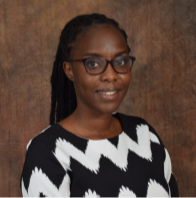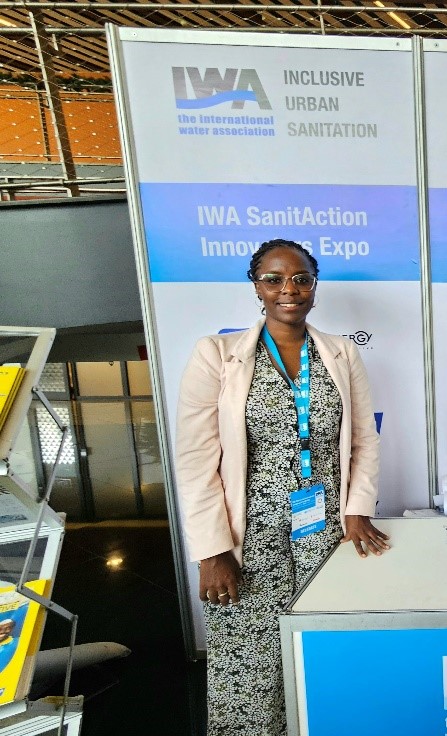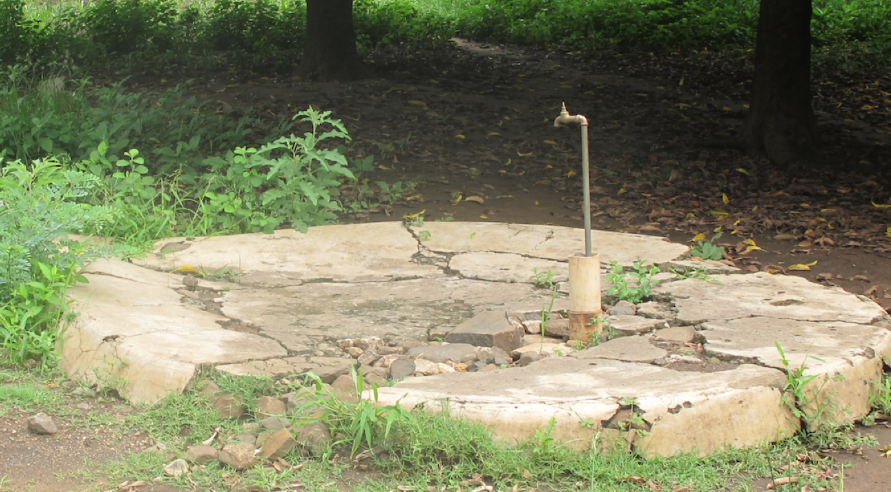UPGro – Unlocking the Potential of Groundwater for the Poor
UPGro – Unlocking the Potential of Groundwater for the Poor
Knowledge Brokers: Sean Furey, Kerstin Danert, Richard Carter, Bertha Camacho
UPGro – Unlocking the Potential for Groundwater for the Poor is seven year research programme that takes a social and natural science approach to enabling sustainable use of groundwater for the benefit of the poor. During 2013-14 there were 15 ‘Catalyst’ projects that are one year studies. This year a five ‘Consortium’ projects will get underway for the following 4-5 years. UPGro is funded by the United Kingdom through the Natural Environmental Research Council (NERC), the Economic and Social Research Council (ESRC) and the Department for International Development (DFID).
What happens when the wells run dry?
In the science journal, Nature, Professor Richard Taylor of the GroFutures UPGro project challenged readers to take groundwater depletion seriously put the case for why we need better science to understand complex recharge processes – before it is too late. His words echo that the World Economic Forum who place the Water Crisis as the number one risk, in terms of impact, facing the world today, and one of the most likely to occur.
Analysing groundwater storage changes in Benin & Burkina Faso
The Chronicles Consortium – a network of scientists collating and analysing multi-decadal groundwater-level records from across Africa under UPGro Groundwater Atlas with support from IRD – held a 3-day workshop from the 9th to 11th of February at the Laboratory of Applied Hydrology of the University of Abomey-Calavi (Benin) to examine long-term records of groundwater levels in Benin & Burkina Faso. Led by Professor Richard Taylor (UCL), Professor Moussa Boukari (University of Abomey-Calavi) and Dr. Jean-Michel Vouillamoz (IRD), participants included scientists from Burkina Faso (Dr. Youssouf Koussoubé, University of Ouagadougou) and Benin (Dr. Henri Totin, University of Parakou) as well as post-graduate students from the University of Abomey-Calavi.
The workshop focused on the use of long-term groundwater-level records (chronicles) to assess the responses of groundwater systems to climate variability and human activity (e.g. abstraction, land-use change, dam construction) in different aquifer environments and climate regimes. Key activities of the workshop included: (i) installation of automated water and air pressure dataloggers to enable high-frequency monitoring of groundwater storage responses, (ii) the evaluation of errors in long-term chronicles, and (iii) quantification of groundwater storage and discharge from recessionary trends in these chronicles. The chronicles provided excellent foci for critical discussion of current conceptual models of the operation of groundwater systems in Benin and Burkina Faso. Dr. Vouillamoz also presented new field determinations of groundwater storage co-efficients from the EU-GRIBA project to enable the quantification of groundwater storage changes from the chronicles. The Chronicles Consortium plans to report on new evidence from collated long-term records and high-frequency monitoring at the 41st IAH Congress in Rome.
UPGro invited by UNICEF to present at the UN Zaragoza Conference
The UN-Water Annual Zaragoza Conferences serve UN-Water to prepare for World Water Day, which in 2015 will focus on “water and sustainable development” and celebrated the end of the International Decade for Action ‘Water for Life’, so it was especially important for taking stock of and learning from achievements as well as planning the next steps. In the theme “Academia contribution to the implementation of the Sustainable Development Goals related to water” on the 16th January, the was a session titled “Water, Sanitation and Hygiene (WASH): Tools for WASH implementation from an equity lens”, led by Jose Gesti-Canuto, with short presentations by three UPGro collaborators: John Chilton (IAH, Hidden Crisis), Sharon Velasquez-Orta (University of Newcastle, IN-GROUND) and Fabio Fussi (University of Milano-Bicocca, Remote Sensing for Manual Drilling)
Read more and find the presentations on the UPGro website
ODI event in London stirs up the groundwater debate
The Overseas Development Institute (ODI) hosted a 1-day event, just as the last RWSN newsletter was going to press. The day was packed with great presentations and discussion, not just from the UPGro researchers also much wider sharing about the role of groundwater science and knowledge management in tackling deeply ingrained poverty. Video recordings of the event are now available online on the ODI website.
New UPGro Publications
Publications, reports, papers and presentations from the UPGro studies can be found on the upgro.org website.
RAIN – Rainwater harvesting for rural water supply and food security
Co-ordinators: Robert Meerman (meerman @ rainfoundation.org), Hans Merton (hans @ merton.nl). Join the rainwater harvesting community on Dgroups: dgroups.org/rwsn/rainwater and follow on twitter at @rainwater4food.
Event: Symposium on Rainwater Harvesting in Ethiopia
RAIN are proud to inform you that in collaboration with SEARNET and AFRHINET, we will organise an international symposium on: ‘Unlocking the potential of rainwater with adaptive strategies and impacts for upscaling the technology’
1-12 June 2015 – Addis Ababa, Ethiopia
In this symposium rainwater harvesting (RWH) will be assessed from three angles: Policy, Know-how and Training. The Policy angle will engage stakeholders from governments and INGOs and discuss how to incorporate RWH in policy frameworks, projects and programmes. The Know-how angle will gather academics and practitioners in writing about their projects and research. Finally, a practical training will take place most probably in the Dire Dawa area, which will focus on practicalities and discussions on various RWH/3R technologies.
Dates
High Level Policy Discussions: 1st – 2nd June 2015
Write-shop: 3rd – 5th June 2015
Practical Training: 8th – 12th June 2015
Information and registration
More information and details will come soon – but please find the first announcement here. We are looking forward to seeing you there – registration is now open!
Implementation: RAIN is expanding to Latin America
The ‘dry corridor’, that covers most of Honduras’ southern region, is highly vulnerable to climate change. Small-scale farmer families of the region depend on the availability of natural resources. However, they are the ones mostly affected by prolonged dry spells and water scarcity. This leads to a progressive increase in both the severity and the number of families affected by food insecurity. Remedy for these areas often stagnates, due to Honduras’ weak institutional structure, an elevated poverty rate and a high-risk security situation.
The Program for Communal Watershed Management of the Goascoran catchment (‘Programa de Gestion Comunitaria de Cuenca – PGCC’) seeks to alleviate this situation with:
- Adequate Climate Change Adaptation and Disaster Risk Reduction measures and
- Strengthening local governance structures for integrated catchment management.
The Swiss development Cooperation (SDC) chose a Consortium, comprised of IUCN, iDE, FUNDER and RAIN to act as a Facilitator in this change-process. The Goal is to empower communities to face more extreme weather conditions by improved resilience to climate change and better living conditions of the inhabitants of the Goascoran basin. This will be achieved through enhanced production capacities: introducing effective irrigation schemes, water harvesting techniques and better market access, for an institutionally backed sustainable use of natural resources. RAIN will provide monitoring and evaluation of the project, knowledge management and communication and technical advice on 3R (water recharge, retention, reuse) and MUS.
You can read more on “Crop and income diversification via rainwater reservoirs and drip irrigation and for smallholder farmers in Honduras” in Marai El Fassi’s blog.
Implementation: 3R – Recharge, Retention and Re-use
WUMP+3R, Nepal
HELVETAS Swiss Intercooperation Nepal, co-funded by RAIN, is implementing a program on the so-called WUMP (Water Use Master Plan) and 3R (Recharge, Retention and Re-use) in several villages in Dailekh district. The multiple year program includes the development and implementation of local water management plans including WASH, which are developed in close collaboration with the local government and communities. Due to the efforts of HELVETAS, Dullu was declared Open Defecation Free (ODF) on December 31 2014. For more information, please read the project update here. Another project update of HELVETAS Swiss Intercooperation Nepal of the project in Paduka can be found here.
3R in Bahasa, Indonesia
Timor Tengah Selatan, on the island of Timor is one of the most water stressed areas of the Indonesia. On the 3rd November 2014 in So’e, 60 people gathered at the government office to discuss the need for Recharge (Mengisi Kembali), Retention (Penyimpanan) and Re use (Penggunaann Kembali) of water. Maarten Onneweer of RAIN presented the results of a project implemented earlier that year by Bina Swadaya Konsultans and used this as example on how to integrate 3R in the projects of the Partners for Resilience Alliance in Indonesia.
Bina Swadaya Konsultans implemented a number of cost effective water harvesting technologies, adapted to the local situation and making use of locally available materials. These interventions followed from an earlier advisory mission of RAIN end of 2013. Results could already be seen and the overall enthusiasm for 3R had definitely increased. Organisations are now translating relevant parts of the book “Water harvesting, guidelines to good practices” in Bahasa to support their technical staff. You can read the full news item here.
Publications
Rainwater Harvesting: harnessing the storm Briefing Note on the RAIN-RWSN webinar series 2014 (S. Furey, 2014)












